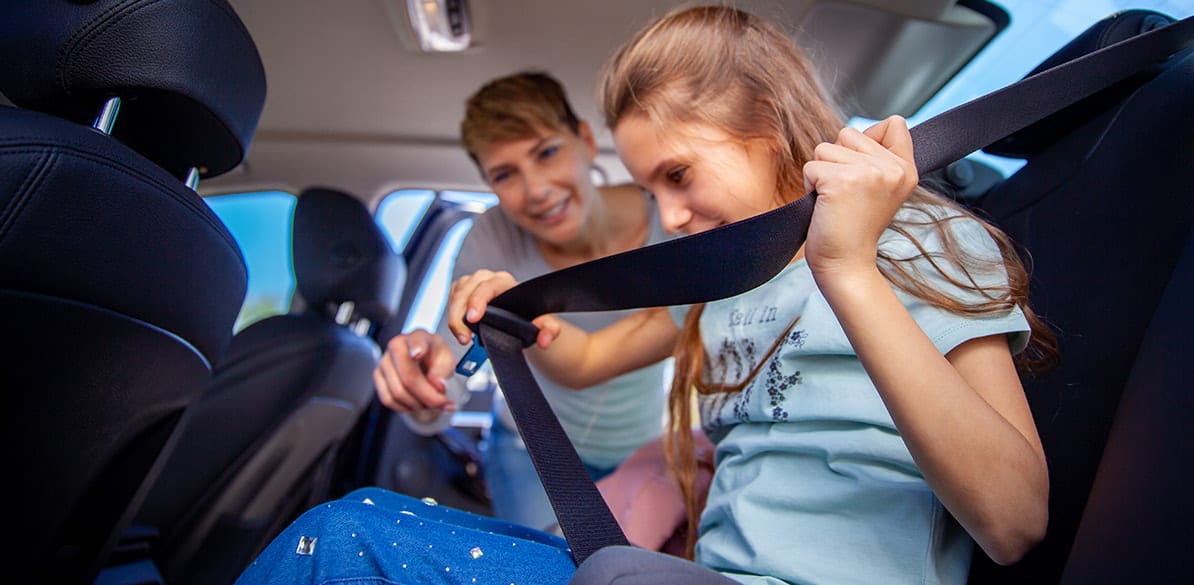Should you always use a booster cushion from when the child is four years old?

The current legislation in Spain on the use of car seats for children, known as CRS or child restraint systems, states that all children must travel in a car using a seat that is suitable for their specific size and weight. Age is not a variable that needs to be taken into account: it is only the child’s physique that is important.
Furthermore, children shorter than 135 cm cannot travel in the front passenger seats if there are seats free in the back. This is not strictly related to the subject of booster cushions, but you should bear in mind that a booster cushion is a CRS and that they are used by children who may not yet be taller than 135 cm. We will return to the subject of height shortly.
When do you need to change the seat to use a booster cushion?
This is another very common question and, as you might imagine, it has an equally simply answer: as soon as the current seat becomes too small, you immediately have to look for a better solution. In the case of Group 1 seats, i.e. child restraint systems with harnesses, the time to stop using it is when the child’s shoulders come above the highest point through which the harness passes, or when they get to weigh more than 18 kilos, given that the harnesses cannot usually support more than this weight in a collision.
The change would be to a Group 2 with a backrest of 100 to 150 cm if approved by Regulation 129, and with side support for both the body and the head. Why? Despite the fact the child weighs over 18 kilos or is taller than 100 cm, it is still a young child who will benefit greatly from this kind of support in the event of a crash. The backrest and side supports are extra features that improve protection in any type of crash, but above all at the sides.
These harness-free child seats are secured with the seat belt, and it goes without saying that this seat belt should be very carefully arranged. In this article we provide a detailed explanation of how to use seat belts correctly with children.
But having got to this point, the following question is inevitable: what about booster cushions? Why can’t you use a booster cushion when you progress beyond Group 1 child seats? Once again the answer is simple: you can use a booster cushion, but the fact is that it is better to use a child seat with a backrest and side supports. It is much safer for the child. Additionally, remember that the longer they use them, the safer their journeys. The law states that a CRS is not compulsory for children taller than 135 cm, but that it is highly recommendable. We cannot equate a law that establishes a compulsory minimum with a safety recommendation. Without a doubt, booster cushions are a legal form of CRS, but they are not as safe as seats with backrests and side protection.
Thus, the correct answer to the question we posed at the beginning is no, what we should use is the safest possible CRS suited to the physical features of our children, and we must use them for as long as possible before progressing to a simple booster cushion or seat belt.
Finally, we recommend the report entitled “Booster seats in cars: How long should we use them for?“, produced by Fundación MAPFRE, where you will find a wealth of information on the subject.
